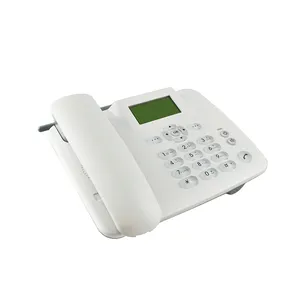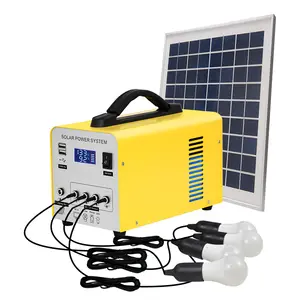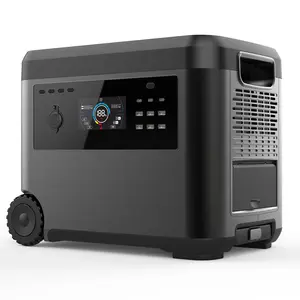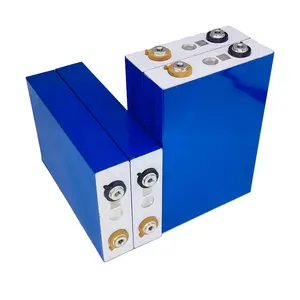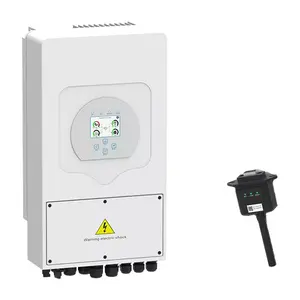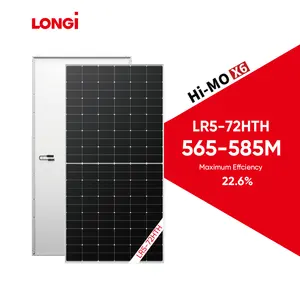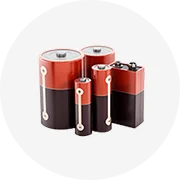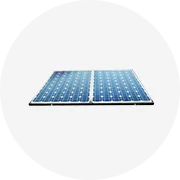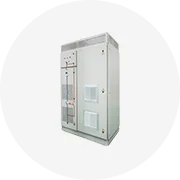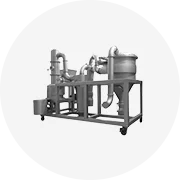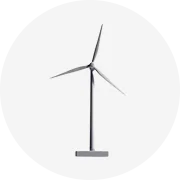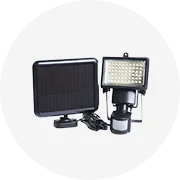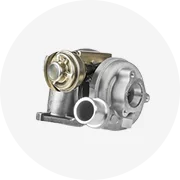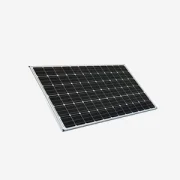Popular in your industry































































Related Searches:


































































































































Top categories
About solar radiation shield for temperature
A solar radiation shield for temperature sensor, also known as a temperature and humidity solar radiation shield, is a device designed to protect temperature and humidity sensors from direct solar radiation. It does so by using a series of plates or louvers to shade the sensors from direct sunlight. This helps prevent inaccurate readings that can occur when sensors are exposed to direct sunlight, which can lead to overheating and false high temperature readings. A solar radiation shield also promotes proper ventilation around the sensor, aiding in accurate measurements.
Benefits of a Solar Radiation Shield for Temperature Sensors
The primary benefit of a solar radiation shield for temperature sensors is the prevention of inaccurate readings caused by direct exposure to sunlight. This protection ensures the sensors can generate reliable temperature and humidity data. The shield also contributes to the longevity of the sensors, reducing the risk of damage due to overheating. Moreover, it supports the consistent and stable performance of temperature and humidity sensors, especially in outdoor environments.
Additionally, a AcuRite 06054M temperature and humidity solar radiation shield can help enhance overall data accuracy and quality by minimizing the impact of external factors like sunlight. This is particularly important in applications where precise environmental monitoring is crucial, such as agriculture, meteorology, and research. By investing in a solar radiation shield, businesses can improve operational efficiency and decision-making processes based on reliable temperature and humidity data.
Applications of a Solar Radiation Shield for Temperature Sensors
A solar radiation shield for temperature sensors is commonly used in various industries and applications that require precise environmental monitoring. In agriculture, these shields are used in weather stations to provide accurate temperature and humidity data for crop management. In meteorology, the shields are installed in weather monitoring equipment, such as automatic weather stations, to ensure the accuracy of weather forecasts and reports. Furthermore, these shields are utilized in research and scientific studies where precise environmental data is essential for accurate analysis and conclusions.
Weatherproofing is an important consideration when choosing an outdoor temperature sensor sun shield. The shield should be constructed from durable materials that can withstand outdoor conditions, including exposure to sunlight, rain, snow, and wind. The design of the shield should allow for proper airflow around the sensor to prevent heat buildup. It should also be easy to install and compatible with the specific temperature and humidity sensor model being used. In addition, the shield should be appropriately sized to provide adequate protection for the sensor while not obstructing its operation. Finally, it is essential to consider the specific environmental conditions and application requirements to select a shield that meets the desired performance standards.
